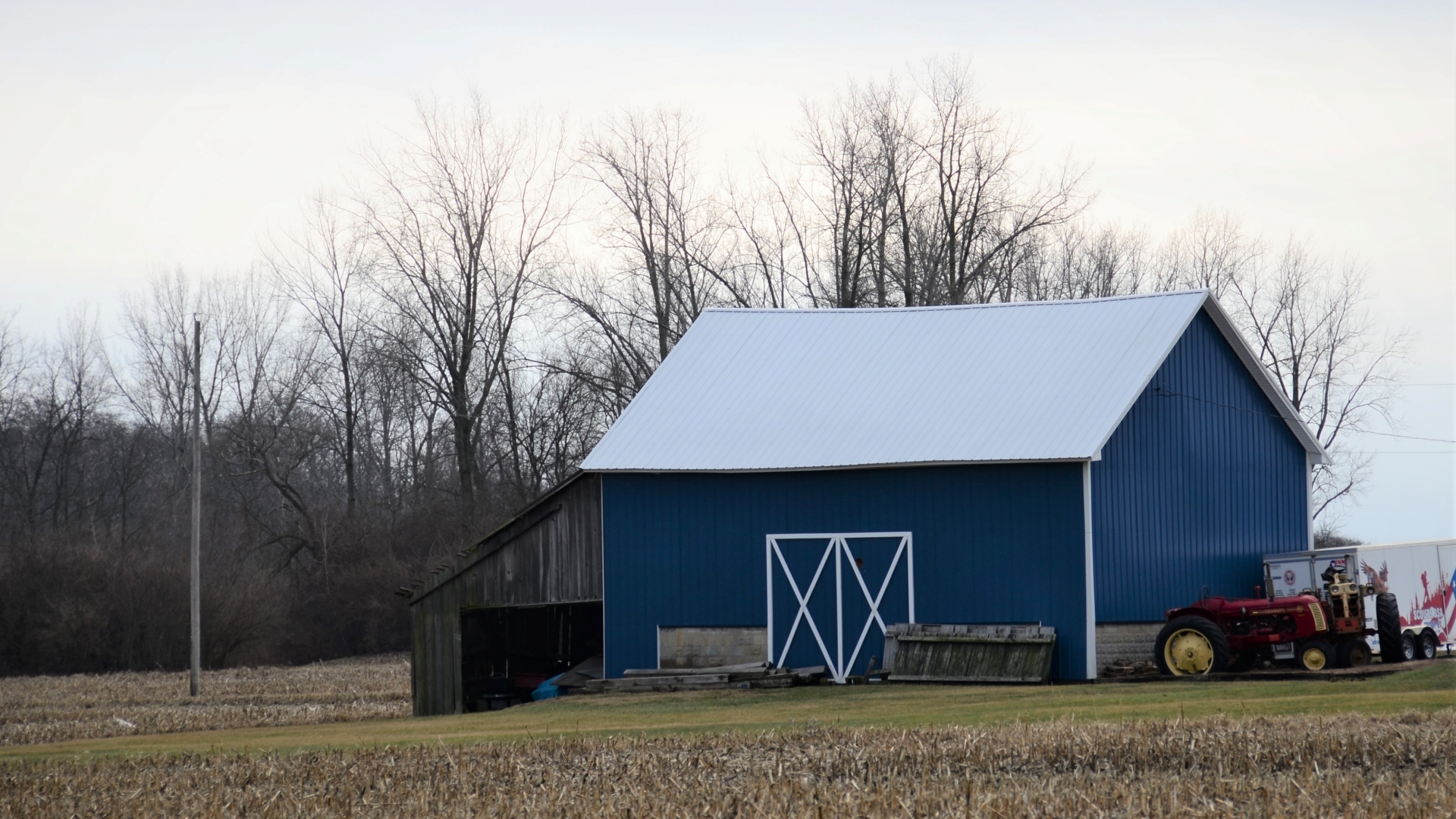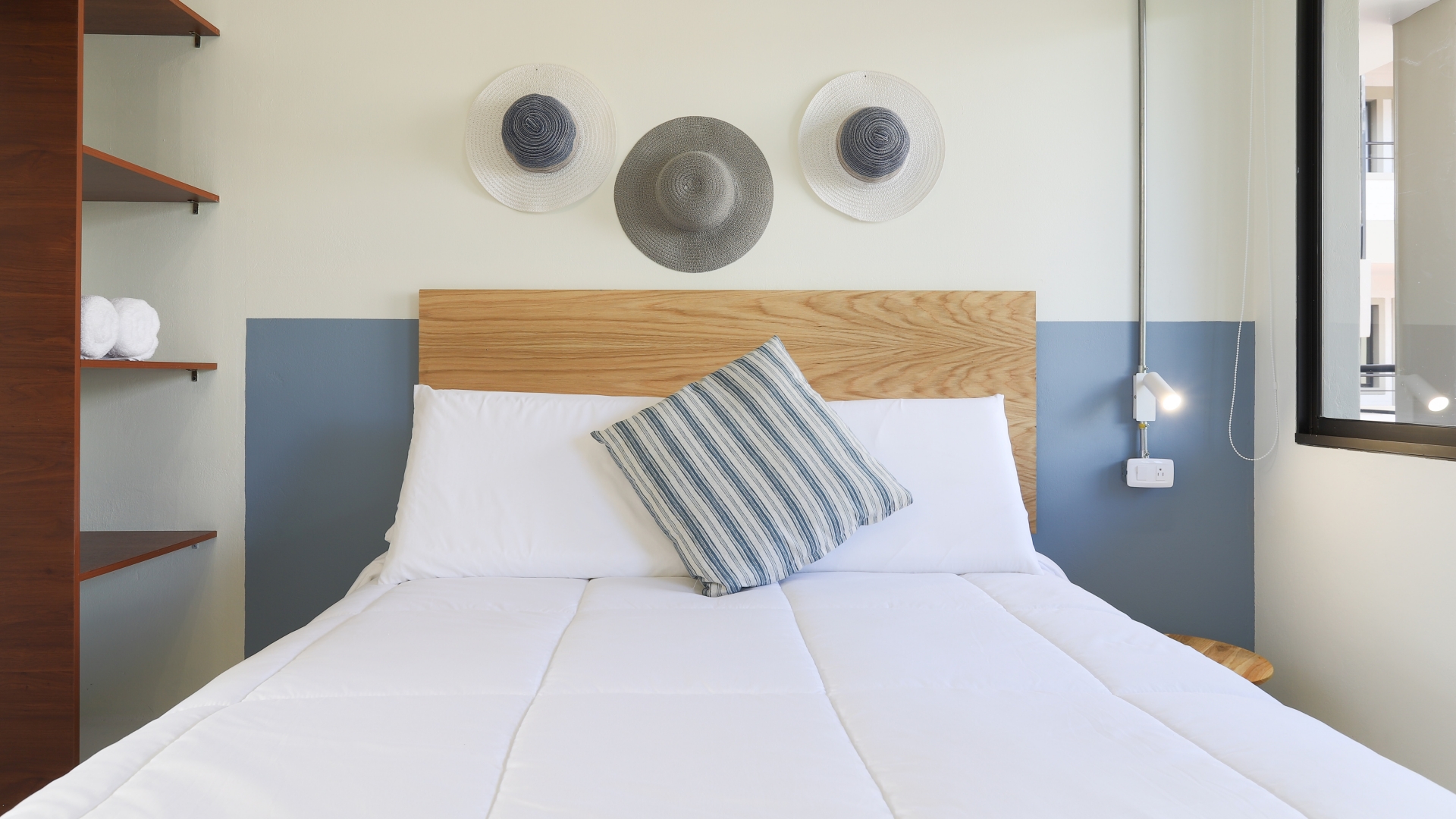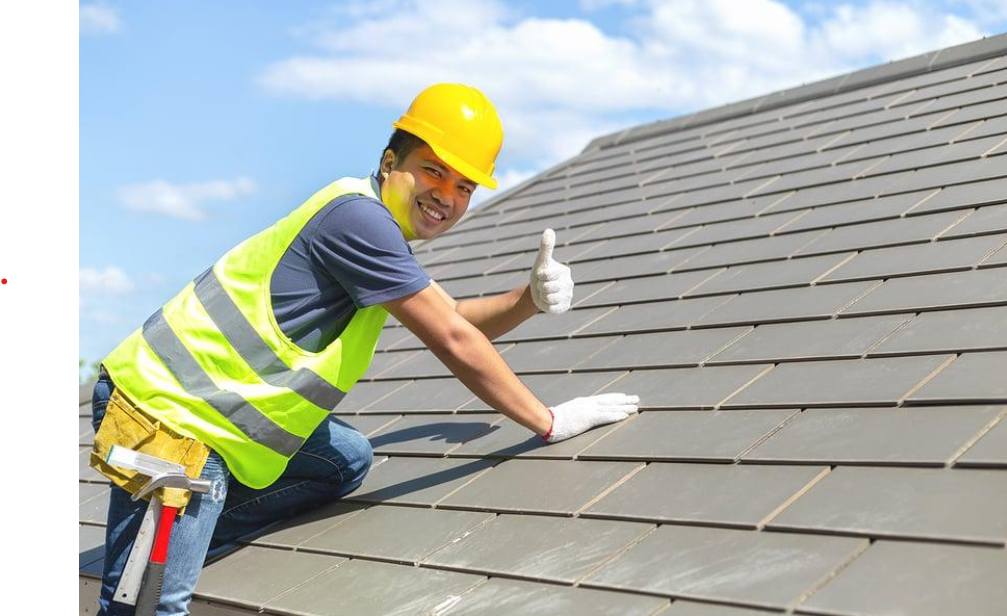Are you in the process of constructing a pole barn and feeling overwhelmed by all your material choices? Making smart decisions about the kind of material to use for your pole barn will affect dozens, or even hundreds, of factors down the line from aesthetics to structural integrity. Choosing the wrong materials means that what’s inside won’t benefit from adequate protection; on top of this, if done incorrectly it could lead to long-term issues such as not being able to withstand future expansion or certain weather conditions. With so much on the line, it is paramount that you select high-quality and suitable components for your structure.
Understand the Basics of Pole Barn Construction
Pole barn construction is a popular building technique that provides a low-cost, robust structure that can be used for a variety of purposes, ranging from livestock shelter to storage or even habitation. Understandably, it is a topic of interest to those who are looking to construct a pole barn, but may not be familiar with the basic principles of this building technique. To truly understand the basics of pole barn construction, it is essential to gain knowledge of the types of materials used, the foundation options, and the key features that make it a sturdy and reliable choice. For instance, building a mini barndominium involves incorporating features like vertically-positioned poles that are anchored into the foundation, cladding and insulation for climate control, fasteners to keep everything in place, and even more based on your needs. By taking a closer look at these fundamental aspects, one can appreciate the versatility and practicality that makes pole barn construction a great choice for many agricultural and residential scenarios.
Consider Structural Integrity When Choosing Materials for Your Pole Barn
The structural integrity of the building is crucial to ensure its durability and safety. Therefore, it is essential to choose materials that can withstand the test of time and withstand the elements. Factors such as load-bearing capacity, wind and snow loads, and resistance to pests and decay should be considered. With modern advancements in technology, there are more cost-effective and sustainable options available that not only meet but exceed structural requirements. Investing in quality materials may increase the initial costs, but it is a wise long-term decision that can save money on repairs and replacements in the future. Careful consideration and research upfront can result in a pole barn that is both functional and aesthetically pleasing, providing a solid foundation for your agricultural or commercial needs.
Identify Proper Framing and Bracing Techniques
Framing and bracing go beyond just ensuring the walls are straight and the roof is secure; they are an integral part of the overall structural integrity of a building. With a perceptive eye, it is essential to identify any potential issues and address them accordingly. From the selection of quality materials to the implementation of proper building codes and standards, every step in the process plays a vital role in creating a safe and sound structure. As academicians in the field, it is our responsibility to stay informed about the latest techniques and advancements to maintain our reputation as reliable and knowledgeable professionals.
Choose High-Quality Siding and Trim Boards that are Resistant to Decay
Quality materials that are able to withstand the elements are key to ensuring your home remains in top condition for years to come. Not only will selecting superior siding and trim increase your home’s overall value, but it will also provide extra protection against moisture, pests, and environmental wear and tear. It’s important to do your research and choose materials that will meet your specific needs and fit the aesthetic of your home. By selecting high-quality siding and trim boards, you can rest assured that you have made a wise investment in the long-term maintenance of your home.
Determine What Type of Roof Design is Best for Your Pole Barn
The roofing system you select can impact the barn’s overall look, its ventilation, and even its stability. Choosing a design that complements your property’s architectural style is just as important as selecting one that suits your needs. From gambrel and gable styles to hip and monitor roof designs, there are a variety of options to choose from. What is crucial is to understand the features of each option and their impact on the building’s longevity and overall value. As you weigh the options, think about the climate in your area, the barn’s intended use, and your budget to determine the ideal roof design.
Investigate Different Types of Insulation for Your Pole Barn
In fact, there are several different types of insulation available on the market, each with its unique properties and applications. Before making a decision, it is essential to investigate thoroughly and weigh the pros and cons of each option. This process can involve looking at factors such as the cost, thermal resistance, fire resistance, and soundproofing properties of each material. With the right choice of insulation, you can ensure that your pole barn stays warm during the winter and cool during the summer while also protecting it from moisture damage and minimizing noise levels.
In conclusion, your pole barn will only be as strong and reliable as the materials you choose to use in its construction. It’s important to have a good understanding of the basics of pole barn construction before selecting specific materials for your project. As such, taking the time to consider structural integrity, framing and bracing techniques, siding and trim materials, roof designs, and insulation options will give you greater peace of mind knowing that all parts of your pole barn are built using quality materials made with longevity and efficiency in mind.













